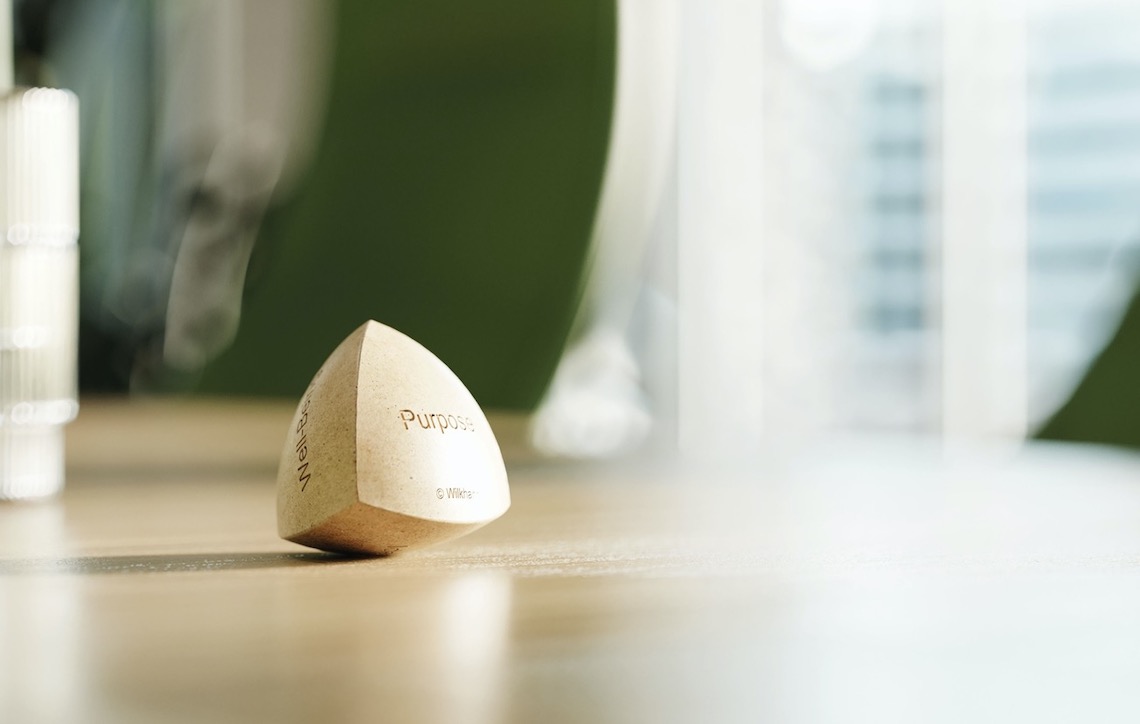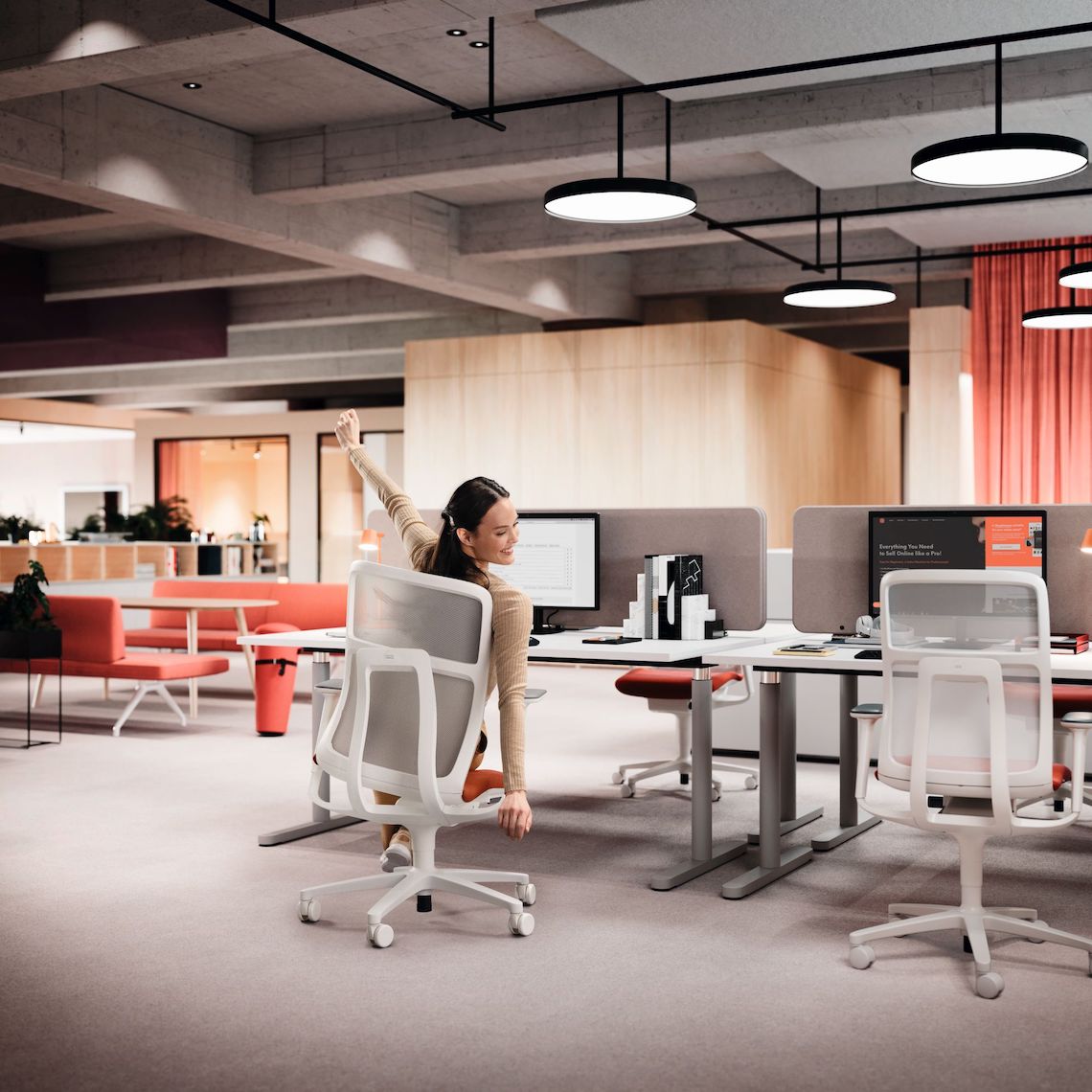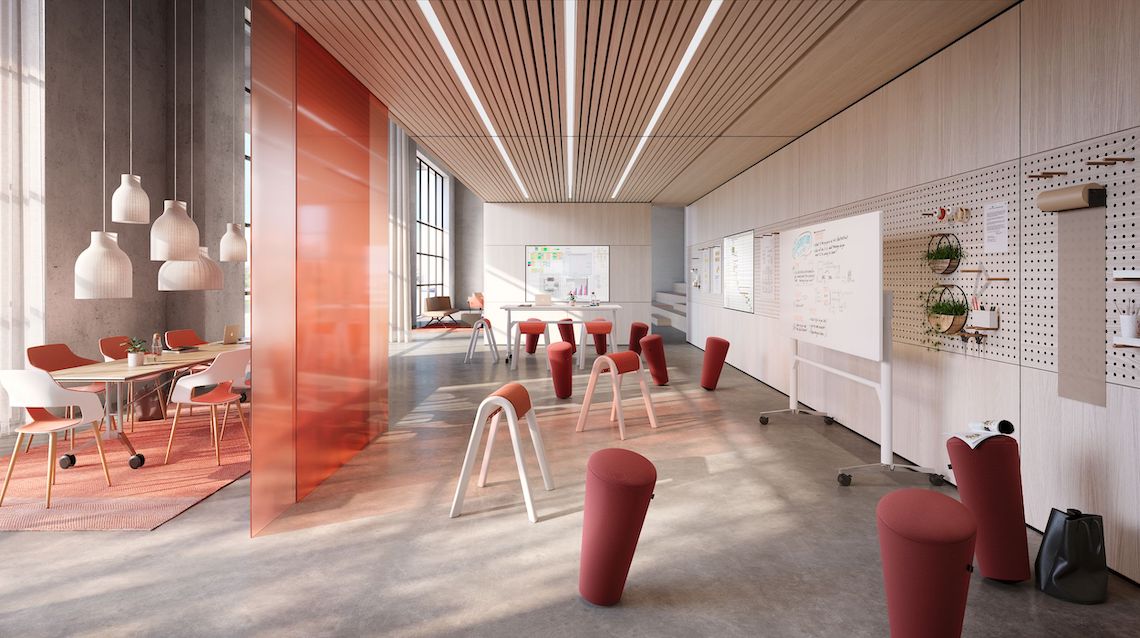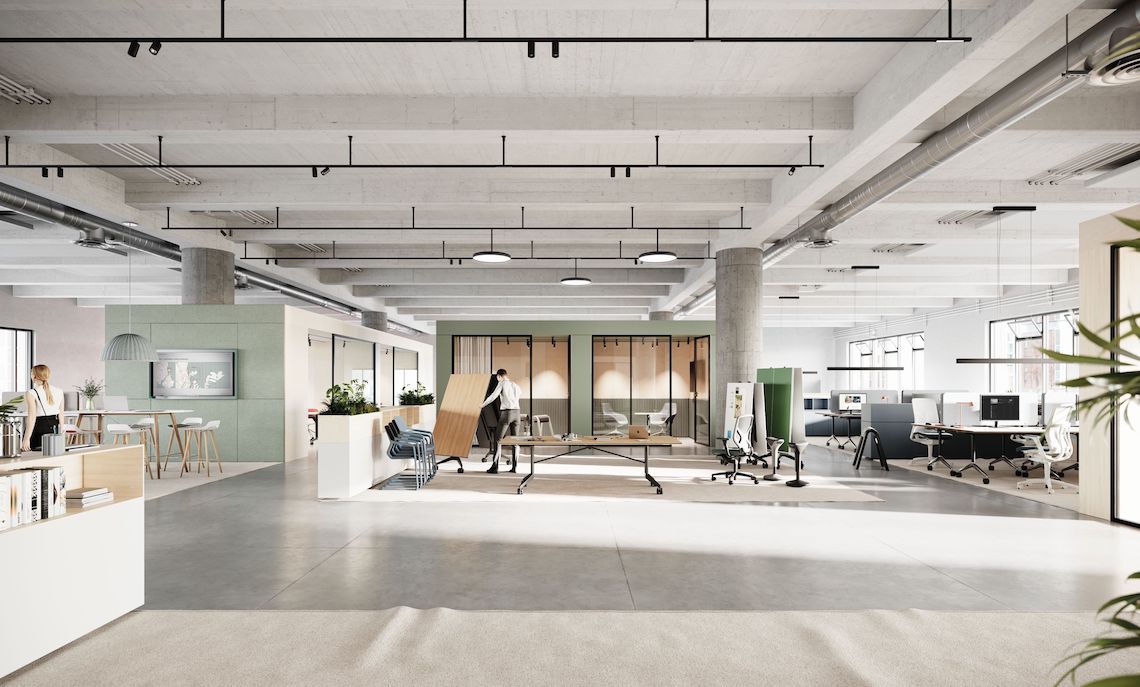
The radical switch to working from home due to the corona pandemic has sparked a debate on whether working with other people in office spaces isn’t perhaps outdated. Particularly because the outcome was better than expected. But it’s important to note that however professional the home set-up is, it’s no substitute for a real workplace’s atmosphere, team spirit, spontaneous brainstorming sessions or face time with colleagues. In other words, all the aspects that appear more important than ever in view of the imminent transformation processes everywhere.

But what does that mean when designing concepts for offices? How can we harness the potential of working in offices? After decades of experience with a whole range of international projects and following absorbing studies on changes in office work, Wilkhahn consolidated the findings in its human-centered workplace concept. All over the world, businesses from virtually every industry are asking similar questions, such as: how can an office environment be made more appealing to attract the talented people and experts sought? How can innovation and the ability to change be boosted? How can health and fitness be maintained as a valuable resource? And how, quite apart from profitability, can purpose be conveyed to the next generation? The human-centered workplace is an ingeniously simple, integrated tool that offers reliability and a point of reference for progressive office environments in view of the volatile nature of challenges on the horizon.


The approach takes into account relevant mega trends and indicates what needs to be observed at the planning stage and each time a decision is taken. We developed settings as examples with renowned design studio 1zu33 to illustrate what a workplace could look like in which people like to be and, above all, are productive. For further information about this topic visit the website: www.wilkhahn.com
Over the next few weeks, we’ll also be explaining the different aspects the human-centered workplace entails in a series on our blog. Watch this space…
